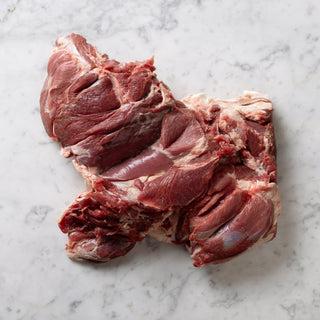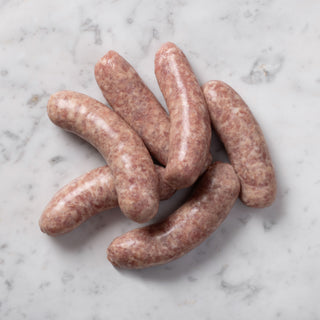There’s a gathering interest amongst UK foodies in eating old cow. If only I could come up with a more exotic name for it. In northern Spain, where they have been eating it forever, it is known as rubia gallega (or, less exotically, vaca vieja).
The reason for its sudden popularity seems to be its appearance on the menu of several of the capital’s most exciting eating establishments: Marylebone’s Donstia, Kitty Fisher’s in Mayfair, and new-kid-on-the-block Lurra, in Seymour Place, W1.
The idea is that the longer you leave cattle to graze on lush grassland, in a free-range and stress-free environment, the longer it has to develop the depth of flavour in its creamy-yellow fat, which, over time, infiltrates the meat like fine lace.
Typically, in this country, we slaughter our cattle at no later than 22 months. But in parts of Spain – France and Italy too, but to a lesser extent – some cattle are left to mature on the field for up to seventeen years. Imagine. And these ‘vaca vieja’ are considered a real treat, which is why they’ve wound their way up on the foodie hit-list, though anything older than eight years will do.
As with any food delicacy, there seems to be a certain amount regional of one-upmanship. In Galicia, this prized meat comes from old bullocks, which can be very hard to find and the region currently only produces around 10-15 a year. According to the experts, if you’re told that the ‘rubia gallega’ you’re eating comes from a Galician milker, you’ve been misinformed, because it’s only in the Basque region that vaca vieja comes from dairy herds. Here, retired milkers are left to fatten on grass until middle or late age when they are slaughtered and hung, then enjoyed in the local cider house restaurants. (Which explains why ‘Cider house beef’, as a new term for old cow, seems to be catching on so quickly on the London restaurant scene.)
 Whatever you call it, the point of old cow is its flavour: deep and intense – thanks both to the age of the muscle and the quality and distribution of the fat. I haven’t tried any of the Galician or Basque stuff yet, but last year, wanting to experiment for myself, I bought an ‘old cow’ from trusted local farmer Natasha Mann. Although we only left it for an extra 24 months, the flavour of the meat was deeper, stronger: really wonderful. A lot of it rests on the quality of pasture and the length of the dry-hanging – the Basques are known to only hang theirs for 14-20 days. It needs longer than this to tenderise.
Whatever you call it, the point of old cow is its flavour: deep and intense – thanks both to the age of the muscle and the quality and distribution of the fat. I haven’t tried any of the Galician or Basque stuff yet, but last year, wanting to experiment for myself, I bought an ‘old cow’ from trusted local farmer Natasha Mann. Although we only left it for an extra 24 months, the flavour of the meat was deeper, stronger: really wonderful. A lot of it rests on the quality of pasture and the length of the dry-hanging – the Basques are known to only hang theirs for 14-20 days. It needs longer than this to tenderise.
As an experiment, our old Suffolk cow was a great success, so watch this space: we hope to have more old cow coming soon. The only thing left to work on is the name…



